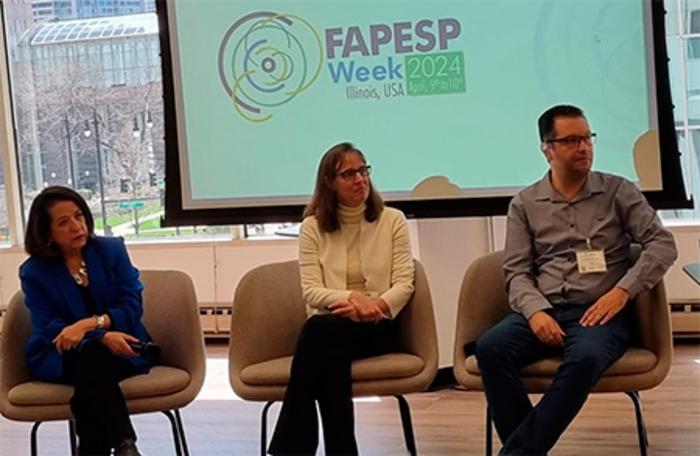
In the near future, travelers in cities like São Paulo will be able to optimize their car journeys using air quality data alongside traffic information. Researchers from the University of São Paulo, supported by FAPESP (FAPESP or Fundação de Amparo à Pesquisa do Estado de São Paulo is a public foundation, funded by the taxpayer in the State of São Paulo, with the mission to support research projects in higher education and research institutions, in all fields of knowledge), are creating maps pinpointing pollution hotspots and peak emission times. These findings were presented at FAPESP Week Illinois, a collaborative event fostering scientific exchange and cooperation between São Paulo and the Midwest of the United States, organized in partnership with the University of Illinois System. The gathering united researchers from universities and research organizations in São Paulo, the University of Illinois System (UIS), and institutions across the Great Lakes region of North America, as well as partner institutions in Canada and Mexico. Experts from diverse fields such as health, agriculture, climate, bioenergy, democratic institutions, and smart cities participated in this collaborative event.
“Smart cities use innovative information technologies to collect data that are used to build and operate interconnected urban systems to improve efficiency and enhance sustainability and resilience,” said Teresa Córdova, director of the Great Cities Institute of the University of Illinois in Chicago.
“Based on the data collected during these studies, we were able to make maps and identify which regions of the city have the highest concentration of pollutants,” Thiago Nogueira, professor at FSP-USP, told Agência FAPESP.
“We’ve seen that high-rise buildings have a negative effect on the dispersion of air pollution,” said Nogueira.
“Despite the culture that São Paulo is a very polluted city, in comparison with other countries we observed that the levels of exposure to particulate matter in the capital are lower,” said Nogueira. Some of the reasons for this difference are that the fuels used to power vehicles in Brazil are cleaner than those used in the countries of the other nine participating cities. In addition, Brazil’s energy matrix has a larger share of renewable sources, Nogueira explained.
From FAPESP Week (To go to the actual article, please click on this link.)


